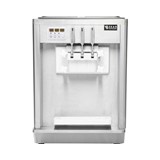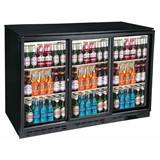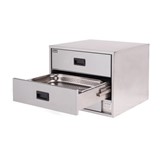From 18 July Sydney CBD venues will no longer be permitted to serve shots, doubles or pre-mixed drinks with more than five per cent alcohol content after midnight. Patrons will not be allowed to purchase more than four alcoholic drinks at a time after midnight and two alcoholic drinks at a time after 2am.
Fortunately for Australia's pubs, bars, clubs, restaurants and cafes less tangible factors such as a strong social drinking culture and an increasing national preference for interesting food and craft beverages also maintain a part to play.
Even in uncertain economic times and with a new federal budget that puts an iron clad grip around many already-tightening purse strings, Australians enjoy going out for a drink and are mostly willing to pay what they know to be high prices compared to those on offer at liquor retailers.
In 2011-12, 25 per cent of Australians aged two years and over consumed alcoholic beverages on a daily basis, according to the recently-released Australian Bureau of Statistics' Australian Health Survey: Nutrition First Results - Foods and Nutrients, 2011-12.
World Health Organisation data measuring alcohol consumption per capita between 2008 and 2010 shows Australians drink an average of 12.2 litres of pure alcohol in a year, of which 44 per cent is beer, 37 per cent wine and 12 per cent spirits. Seven per cent falls under the category of 'other'. Beer consumption has been steadily declining over the past four decades, while wine continues to rise.
Glass half full or half empty?
In theory it all adds up to a cocktail of success for local licensed operators that rely heavily on alcoholic beverage sales, but the reality of recent trends may be harder to swallow.
IBISWorld reports that over the past five years, Australian alcohol consumption per capita has declined by 5.6 per cent. Anecdotal evidence suggests there could be a number of reasons contributing to such a downward slide, with the latest restrictions placed on venues to curb alcohol-related violence unlikely to offer any respite.
More and more drinking adults may look to the benefits of purchasing liquor for the home rather than negotiate the ever-changing laws that impact their ability to socialise in public. The strict curfews and service of alcohol laws come despite Bureau of Crime Statistics and Research (BOCSAR) figures, supported by the Australian Hotels Association NSW, indicating assault rates in licensed premises in the Sydney local government area dropped more than 15 per cent in the 24 months to March 2014.
"These figures back up what we have been saying for some time - that assault rates in licensed premises are actually dropping despite the anecdotal claims of various interest groups," Australian Hotels Association NSW Director of Policing John Green said recently.
However, the message from newly-appointed NSW Minister for Hospitality, Gaming, Racing and Minister for the Arts, Troy Grant, appears to be at odds with that sentiment. In a statement released 23 April, Grant asserted: "As a former policeman of 22 years' experience, I am only too well aware of the problems facing the community when it comes to alcohol-related harm and I intend to give this important issue my full attention." Exactly what that full attention means for hospitality operators and alcoholic beverage sales remains to be seen.
Liquor retailing bucks the trend
Liquor retailing growth potentially also stems from consumers' burgeoning understanding and appreciation of sophisticated wine, craft or premium beer, and cider. Such higher-margin products, in comparison with traditional beer brands, are a positive for the liquor retailing sector.
These issues would explain the fact the alcohol retailing industry has bucked the trend of the vast majority of other retail sectors by enjoying steady expansion. The trend estimate for liquor retailing rose 0.4 per cent in April 2014, while the seasonally adjusted estimate rose 1.1 per cent (Australian Bureau of Statistics). The combined Easter-Anzac Day extended break taken by a lot of people may also help explain this jump.
IBISWorld expects revenue from liquor retailing to grow at an annualised 3.1 per cent over the five years through 2018-19. It asserted (19 May): "This growth will largely be fuelled by Woolworths and Wesfarmers as more independent bottle shops are forced out of the market. Woolworths currently has the momentum to hold on to its considerable market share. This state of affairs can be expected to continue as long as Wesfarmers' focus is firmly on gaining ground in the supermarket segment."
Where does this leave hospitality establishments dependent on consumer willingness to go out for dinner and drinks and spend a higher percentage of weekly incomes than they would staying at home with alcohol purchased from supermarkets and independent liquor stores? It remains a difficult question for the industry to answer, but an issue that requires close attention nonetheless.

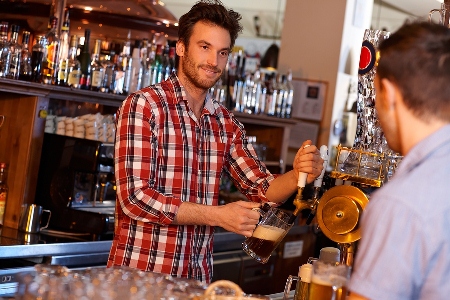


-160x160-state_article-rel-cat.png)

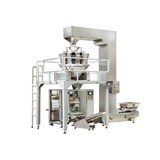
-160x160-state_article-rel-cat.png)





